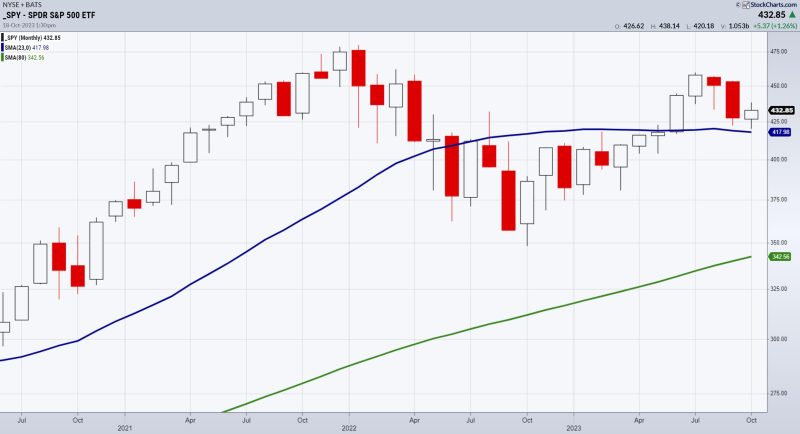The global stock market has been in a state of upheaval in the past few months due to the coronavirus pandemic. The troubling news of a second wave of the virus has unnerved investors, and the markets have been rocked by multiple sell-offs. Even when stocks have attempted recovery, they are often quickly sold off and their gains unravel.
It seemed like the pandemic had more or less led to a fractured market with no predictions of when it would recover. But recent research has suggested that the recurrent nature of the bear market has enabled the market to avoid a clear break. To put it simply, it has experienced numerous stress fractures but no clear breaks.
Experts cite the fact that the previous system of an orderly and predictable market has been upended, which has caused the market to get choppy. Even so, there has been a surprising amount of stability due to new market-making mechanisms, such as algorithmic trading, enhanced liquidity, and companies buying back their shares. These new stability measures have enabled the market to maintain its flexibility and continue trading without experiencing a complete crash.
That said, this new system is not entirely foolproof and investors would do well to remain cautious. With no indication of when the pandemic will end, stock prices could still plummet if the contagion intensifies. These stress fractures remain gravely risky, and investors should remain conservative in their stock picks.
In conclusion, the global market has got plenty of stress fractures due to the novel coronavirus – but it has managed to sidestep a full-blown crash. New stability measures have played a vital role in preventing such a crash, but investors must still remain wary of the fragilities of these stress fractures.































